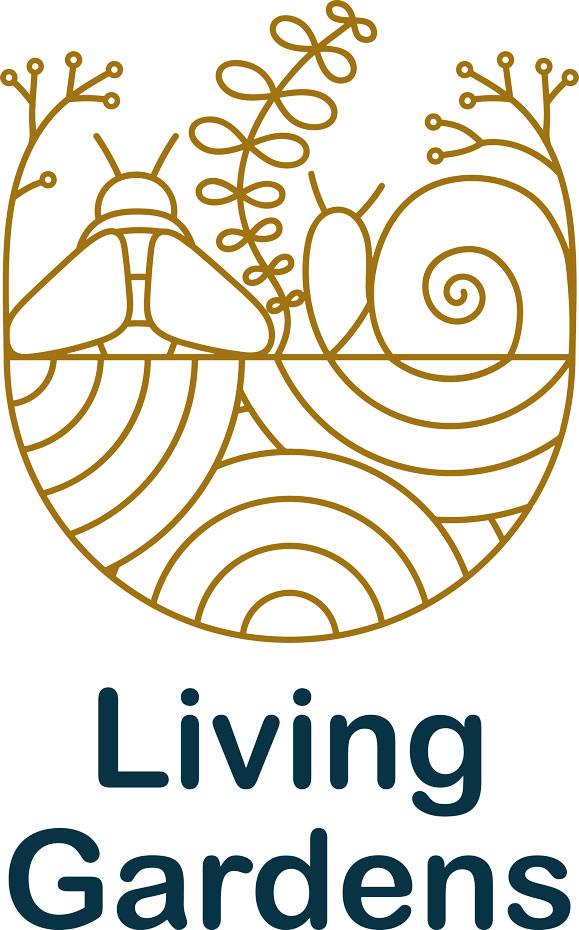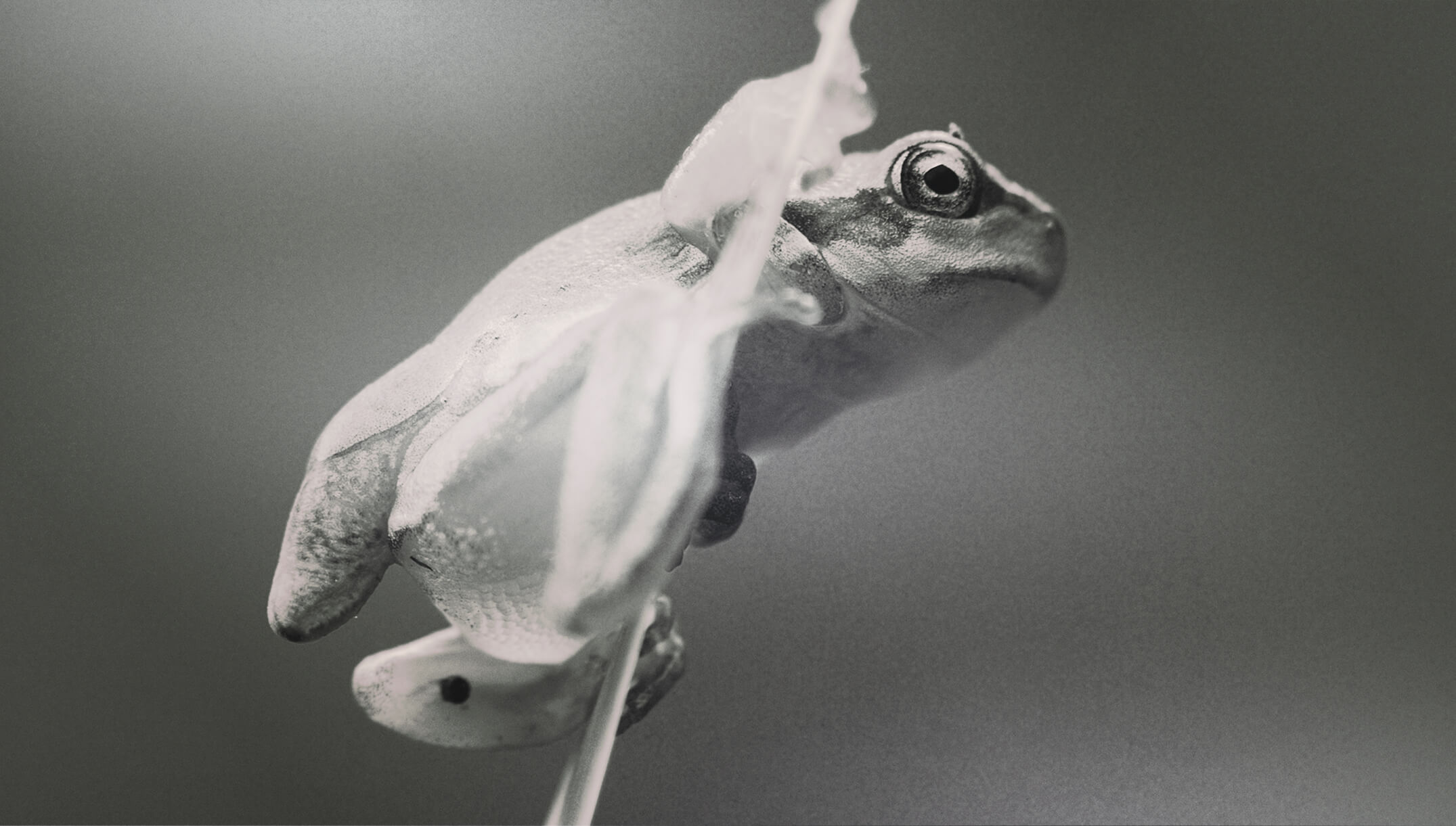Project achievements
1. Show habitats in the austrian and hungarian municipalities
Welcome to the show gardens is now available in the following municipalities:
Pfaffstätten (Austria)
Tattendorf (Austria)
Trumau (Austria)
Gyenesdiás (Hungary)
Zalakaros (Hungary),
In these municipalities, habitats for region-specific but endangered plant and animal species were created in the course of this Interreg project. These freely accessible oases of biodiversity are intended to motivate amateur gardeners to recreate them. Within 1 ½ years, a broad spectrum of small biotopes was created. Each one is individual and adapted to the local conditions and special features. The aim was to show different design options and how easy it is to recreate biotopes in one's own garden and to give inspiration for trying them out. 2.
In Pfaffstätten, elements of 4 habitats were implemented:
- Flowering meadow habitat
Created species-rich flower meadow with special floral offerings for the Eastern lucifer butterfly and for moth species. - Stones habitat
Reptile castle - a diverse habitat for lizards and other reptiles. - Traffic island as wild bee habitat
3 beds with different thematic focuses (ruderal plants, rough grassland and perennial shrubs) - Traffic island as dry bed
Dry or meagre beds provide many wild bees, butterflies and beetles with a habitat that they can no longer find in intensive agricultural landscapes.
In Tattendorf, elements of 4 habitats were implemented:
- Water habitat:
The toad pool helps a particularly endangered and at the same time very pretty toad species: the green toad. The green toad needs small, vegetation-free pools to spawn. - Flowering habitat:
Species-rich perennial flower meadows, lean and dry beds, wild corners and native shrubs provide the habitat for countless insects and other animals and should not be missing in any garden. - Wood as a habitat:
Whether woodpecker or wood bee, deadwood is vital for many animals. Beetles such as the alpine longhorn beetle or the stag beetle, for example, need deadwood as a nursery for their larvae. - Stone habitat:
Dry stone walls are the preferred habitat of many warmth-loving animals. Here lizards and other reptiles can find hiding places, food and places to sunbathe.
In Trumau, elements of 4 habitats were implemented:
- Habitat flowering areas
These areas are buzzing and humming - numerous insects find food and shelter here. - Habitat deadwood and rose bushes
Deadwood is a rare but important habitat for many insects. Wild roses as a source of nectar make the habitat even more valuable. - Nesting aids for insects and flowering areas
They provide wild bees with structures for nesting sites. Flowering areas in the immediate vicinity ensure that bees and their offspring are sufficiently supplied with food. - Bank habitat
The embankment grows and proliferates - in addition to the spontaneously emerged vegetation, insect-friendly plants were deliberately planted.
In Gyenesdiás, the show garden was established near the Diás water mill, where various biodiversity conservation measures were carried out. Among other things, a wildflower meadow was planted. Native deciduous trees and shrubs were planted. Shelters such as insect hotels and butterfly houses were set up to protect endangered species, and deadwood arrangements and rock piles were also created to provide habitats for small animals and insects. The show garden not only informs, but also motivates visitors to become active themselves and increase biodiversity in their own gardens.
In Zalakaros, the show garden is located near the thermal lake. It serves as a good example for the protection of endangered native animal and plant species. Complex measures have been implemented to preserve the biodiversity. The flowering meadow is an important habitat for bees and insects. The deadwood created in the middle of the lake serves as a resting place for migrating water birds. To protect the animals, toad and hedgehog houses, insect hotels and bird and bat boxes were installed. The solutions applied inspire visitors to implement similar measures in their own gardens.
Living Gardens – Balatoni Integrációs Közhasznú Nonprofit Kft.
2. A manual in three languages
The handbook is intended to serve as a guide and help for implementation. After all, it is not difficult to turn your own garden into a small ecosystem that is home to wild bees, butterflies, birds and many other animals.
TABLE OF CONTENTS
Greetings from the communities
I. INTRODUCTION TO LIVING GARDENS
II. THE DIFFERENT "LIVING GARDENS" BIOTOPES
2.1. meadows and flowering areas
2.2. hedges, shrubs and trees
2.3. stone biotope
2.4. dead wood
2.5. supporting wild bees and their relatives in my garden
2.6. toad and amphibian ponds
2.7. nesting structures for bats and birds
III. PRESENTATION OF THE PROJECT AND ITS PARTNERS
Download the manual free of charge at:
3. Communication measures
The project placed the protection of endangered species at the centre of communication with a variety of communication measures using a wide range of media channels.
link to Living Gardens Video:
link to Living Gardens podcast:

























